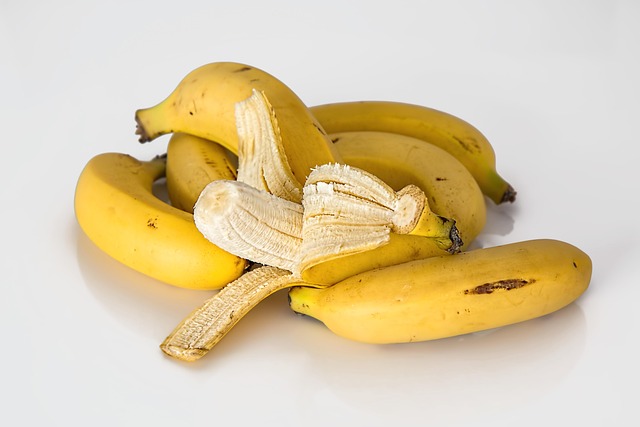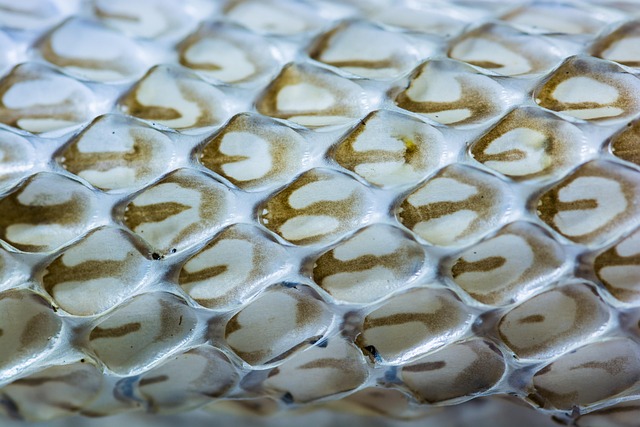Non-invasive chemical peels offer a safe and effective way to resurface skin, achieving smoother, more youthful complexions without surgery. Using specific chemicals to exfoliate dead skin cells, they stimulate collagen production, improve texture, and address issues like fine lines, wrinkles, hyperpigmentation, and acne scars. The procedure is quick (20-30 minutes), with minimal downtime, and results can be seen within a week. Choosing the right acid blend tailored to individual needs, alongside proper post-peel care, ensures optimal healing and maintains results. Dermatologists recommend medically approved acids like glycolic or lactic acid for diverse skin types, assuring swift recovery and emphasizing sun protection and specialized skincare routines post-treatment.
Uncover the secrets of achieving radiant skin with non-invasive chemical peels, a revolutionary approach to skin resurfacing. This gentle yet effective treatment is transforming the skincare industry, offering a safe and accessible way to reveal clearer, rejuvenated skin. From understanding the science behind these peels to choosing the right type for your needs, this comprehensive guide explores everything you need to know. Discover the benefits, safety measures, and expert insights into achieving youthful-looking skin with minimal disruption.
Understanding Non-Invasive Chemical Peels: A Gentle Approach to Skin Resurfacing

Non-invasive chemical peels represent a gentle yet effective approach to skin resurfacing, offering a non-surgical alternative for achieving smoother, more youthful-looking skin. Unlike traditional exfoliation methods that can be aggressive and cause discomfort, these peels use concentrated chemicals to gently remove the top layers of dead skin cells, revealing brighter, softer, and more even-toned skin below.
This minimally invasive procedure is designed to stimulate collagen production and improve skin texture. By carefully selecting the appropriate acid blend for individual skin types and concerns, dermatologists can target specific issues such as fine lines, wrinkles, hyperpigmentation, and acne scars. The result? A rejuvenated complexion without the downtime or potential side effects associated with more invasive procedures.
How Do Chemical Peels Work? Unlocking the Science Behind Skin Renewal

Chemical peels, a non-invasive skin resurfacing treatment, work by applying a chemical solution to the skin, which gently lifts away the top layers. This process uncovers smoother, younger-looking skin below. The science behind it lies in the ability of specific chemicals to dissolve the bonds between dead skin cells, allowing them to be removed without damaging the underlying tissue.
This controlled destruction prompts the body to respond by accelerating cell turnover and stimulating collagen production. Collagen is a key protein for maintaining skin elasticity and firmness, so increased production leads to improved skin texture and a more youthful appearance. The result is healthier, brighter, and more even-toned skin, making chemical peels a popular choice for those seeking a non-surgical way to achieve radiant, rejuvenated complexions.
Benefits of Non-Invasive Peels: Revealing Clearer, Youthful Skin

Non-invasive chemical peels offer a gentle yet effective way to achieve youthful, radiant skin. Unlike traditional exfoliation methods, these advanced treatments utilize specific chemicals to gently dissolve away the upper layers of the skin, revealing smoother and more even-toned skin below. This process not only improves texture but also stimulates collagen production, leading to enhanced skin elasticity and a healthier overall appearance.
One of the significant advantages of non-invasive peels is their ability to provide results without causing discomfort or downtime. Unlike surgical procedures or harsher exfoliants, these peels minimize irritation and allow patients to resume normal activities immediately. This makes them an attractive option for those seeking skin resurfacing treatments without the associated risks and recovery periods, leaving them with clearer, rejuvenated complexions.
Choosing the Right Peel: Different Types and Their Applications

Choosing the right chemical peel is crucial for achieving desired skin resurfacing results. Different types of peels, ranging from gentle to intense, target specific concerns such as fine lines, wrinkles, hyperpigmentation, and acne scars. For those seeking minimal downtime with subtle improvements, a superficial peel like lactic acid or glycolic acid may be suitable. These peels gently exfoliate the top layer of skin, promoting cell turnover and enhancing complexion.
On the other hand, more advanced procedures involve deeper penetration to address deeper skin issues. Trichloroacetic acid (TCA) peels and phenol peels are examples of moderate to deep peels that can substantially improve skin texture and reduce deeper wrinkles. It’s important to consult with a dermatologist or skincare expert to determine the best peel type based on individual needs, skin type, and desired outcomes.
Safety First: Precautions and Considerations for Chemical Skin Treatments

When considering non-invasive chemical peels for skin resurfacing, safety should always be the top priority. While these treatments offer effective results with minimal downtime, they’re not suitable for everyone. Before undergoing any procedure, consult a dermatologist to discuss your medical history and current skin conditions, as certain factors like pregnant or breastfeeding status, existing skin disorders, or use of specific medications may contraindicate chemical peels.
Additionally, choose an experienced and licensed practitioner who follows strict sanitation protocols to minimize the risk of infection. Prioritize products formulated with high-quality, approved active ingredients and follow post-treatment care instructions diligently. This includes protecting your skin from the sun, avoiding irritants, and maintaining a healthy lifestyle to support optimal healing.
The Procedure: What to Expect During and After Your Peel Session

During a non-invasive chemical peel session, a licensed esthetician or dermatologist applies a chemical solution to your skin, which works by gently lifting away layers of damaged and dead skin cells. This procedure is typically quick, usually taking between 20 to 30 minutes, depending on the severity of your skin concerns and the type of peel used. You may experience a tingling sensation as the solution takes effect, but it’s generally well-tolerated with minimal discomfort. After the peel, your skin will be slightly red and sensitive—a normal part of the healing process.
In the days following your peel session, you’ll notice several changes. Your skin may feel smoother and look brighter immediately after, as the procedure promotes collagen production, enhancing its elasticity and texture. Over time, typically within a week or so, new, healthier-looking skin will emerge. It’s crucial to follow post-peel care instructions diligently, including using gentle cleansers, applying moisturizers suitable for sensitive skin, and protecting your skin from the sun. This ensures optimal healing and helps maintain the results of your skin resurfacing peel.
At-Home Care: Maintaining Results and Optimizing Skin Health Post-Peel

After a non-invasive chemical peel, maintaining at-home skincare routines is crucial to preserving the post-peel results and enhancing overall skin health. The goal is to optimize the skin’s natural healing process while ensuring ongoing protection from environmental stressors. To achieve this, it’s essential to introduce or strengthen gentle yet effective cleansing and moisturizing practices. Mild cleansers that remove impurities without stripping the skin of its natural oils are ideal for daily use. Additionally, incorporating a broad-spectrum sunscreen into your morning routine is vital; sun protection helps prevent hyperpigmentation and premature aging, often exacerbated by sun exposure.
Hydration plays a significant role in post-peel care. Moisturizers with hydrating ingredients like hyaluronic acid can help replenish the skin’s moisture barrier, promoting smoother, more supple skin. Gentle exfoliants or chemical peels at home, similar to those used during the procedure, can also be beneficial in removing dead skin cells and maintaining the skin’s resurfaced texture. However, it’s important to choose products suitable for your skin type to avoid irritation. Regularly monitoring your skin’s response and adjusting your routine accordingly will ensure optimal results from your skin resurfacing peels.
Expert Insights: Frequently Asked Questions Answered by Dermatologists

Expert Insights: Frequently Asked Questions Answered by Dermatologists
Non-invasive chemical peels, also known as skin resurfacing peels, have gained immense popularity for their ability to enhance skin texture and appearance with minimal downtime. However, many individuals are still curious about their safety, effectiveness, and various aspects of the procedure. To address these concerns, dermatologists offer valuable insights on frequently asked questions. One common query is regarding the types of chemicals used. Dermatologists assure that only carefully selected, medically approved solutions like glycolic acid, salicylic acid, or lactic acid are utilized, each with specific benefits for different skin types and conditions.
Another frequent question revolves around pain levels and recovery time. Experts explain that while some discomfort is expected, non-invasive peels typically don’t cause severe pain. The procedure usually involves a mild stinging sensation, followed by temporary redness and sensitivity. Patients can resume normal activities shortly after, with full healing occurring within a week or less. Dermatologists also emphasize the importance of post-peel care, including using sunscreen and following specific skincare routines to optimize results and prevent complications.
